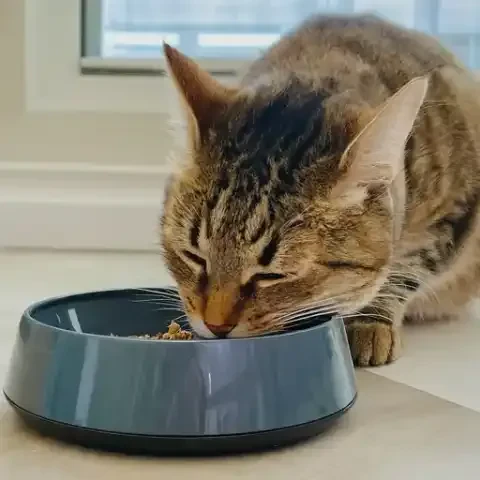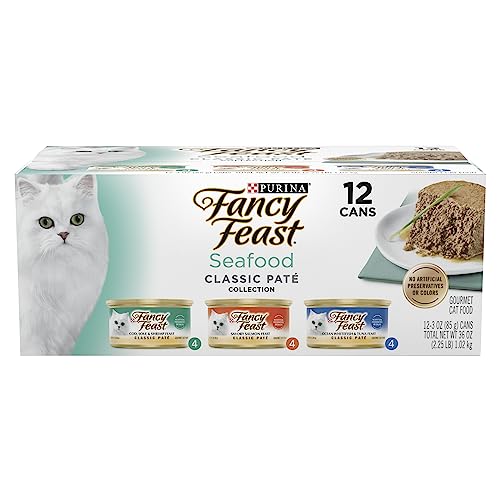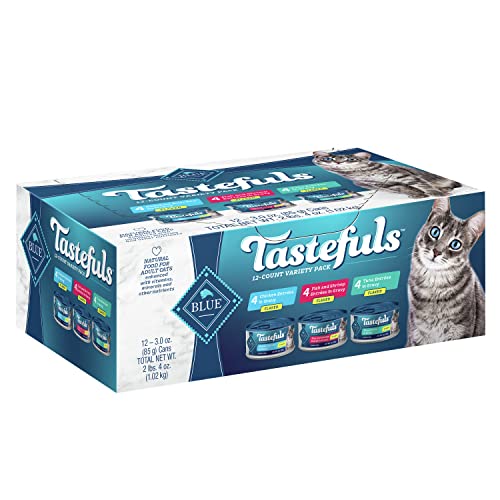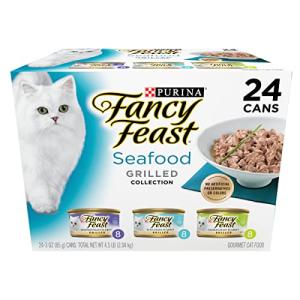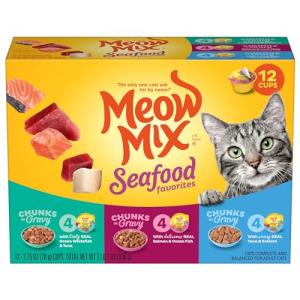Being a cat parent is a rewarding experience filled with purrs, cuddles, and playful antics. However, providing the best care for our feline companions can sometimes feel financially daunting. Vet bills, food, toys, and litter can quickly add up. The good news is that responsible cat ownership doesn't have to break the bank. With a little planning and some savvy shopping, you can provide excellent care for your kitty while keeping your budget in check. This article explores numerous ways to find affordable supplies, emphasizing practical strategies and readily available options.
One of the biggest recurring expenses for cat owners is food. While premium brands often boast superior ingredients, many budget-friendly options still provide complete and balanced nutrition. The key is to understand your cat's dietary needs and learn to decipher pet food labels. Look for options that list a named protein source (like chicken, turkey, or fish) as the first ingredient. Avoid foods with excessive fillers like corn, wheat, and soy, which offer limited nutritional value. Consider buying in bulk, especially if you have multiple cats. Larger bags of dry food often have a significantly lower price per pound. Store dry food in an airtight container to maintain freshness and prevent pest infestations. Wet food, while generally more expensive, can be a valuable addition to your cat's diet, particularly for hydration. Look for deals and coupons on canned food, and don't be afraid to try store brands, which are often comparable in quality to name brands at a lower price.
Treats are another area where costs can escalate quickly. Instead of constantly purchasing expensive commercial treats, explore healthy and affordable alternatives. Small pieces of cooked chicken, turkey, or fish (ensure all bones are removed) can be highly motivating and provide a protein boost. You can also find recipes online for homemade cat treats using simple, inexpensive ingredients like oats, tuna, and catnip. These DIY treats are not only budget-friendly but also allow you to control the ingredients, ensuring your cat isn't consuming unnecessary additives or preservatives.
Litter is an unavoidable expense, but there are ways to minimize its impact on your budget. Clay litter is generally the most affordable option, and many cats tolerate it well. Look for clumping clay litter, which makes scooping easier and helps the litter last longer. Consider experimenting with different brands to find one that controls odor effectively without excessive dust. Some cat owners opt for alternative litter materials like wood pellets or recycled paper, which can be cost-effective in the long run, particularly if purchased in bulk. These options are also often more environmentally friendly.
Beyond food and litter, enrichment is crucial for your cat's well-being. Toys, scratching posts, and comfortable resting spots are essential for a happy and healthy cat. However, expensive cat furniture and elaborate toys aren't necessary. Cats are often just as entertained by simple, homemade items. Empty cardboard boxes, paper bags (with handles removed to prevent entanglement), and crumpled-up paper balls can provide hours of amusement. A simple cardboard box with cut-out holes can become a fun hide-and-seek game. You can also create DIY scratching posts by wrapping sisal rope around a sturdy piece of wood or PVC pipe. These homemade options are significantly cheaper than store-bought alternatives and can be just as effective.
For more structured play, consider making your own cat toys. Feather wands can be easily crafted using a dowel rod, string, and feathers (available at craft stores). Small fabric pouches filled with catnip are another easy DIY project that will delight your feline friend. Rotate toys regularly to keep your cat engaged and prevent boredom. Even a simple laser pointer (used responsibly and never pointed directly at the eyes) can provide excellent exercise and entertainment.
Cat beds can be surprisingly expensive, but your cat doesn't necessarily need a fancy, plush bed. A comfortable blanket or towel placed in a quiet, secure location can be just as appealing. Cats often enjoy sleeping in enclosed spaces, so a cardboard box lined with a soft blanket can make a perfect, cost-free bed. You can also find affordable cat beds at discount stores or online retailers. Look for durable materials that are easy to clean.
Grooming is another essential aspect of cat care, but professional grooming services can be costly. Investing in some basic grooming tools and learning to groom your cat at home can save you a significant amount of money. A good quality brush suitable for your cat's fur type is essential for removing loose hair and preventing mats. Nail clippers designed specifically for cats are also important for keeping their claws trimmed. Regular brushing and nail trimming not only keep your cat looking their best but also help prevent health problems like hairballs and overgrown claws. Start grooming your cat from a young age to get them accustomed to the process.
When it comes to healthcare, preventative care is key to avoiding costly vet bills down the line. Regular vaccinations and parasite prevention are crucial for your cat's health and well-being. Talk to your veterinarian about affordable options for these essential services. Some clinics offer low-cost vaccination clinics or payment plans. Consider pet insurance to help manage unexpected veterinary expenses. Compare different policies carefully to find one that fits your budget and your cat's needs.
Beyond preventative care, be proactive about your cat's health. Monitor their weight, appetite, and litter box habits. Any changes could be a sign of a health problem, and early detection can often lead to less expensive treatment. Learn to recognize common signs of illness, such as lethargy, vomiting, diarrhea, or changes in urination or defecation.
Shopping smart is crucial for finding affordable cat supplies. Don't limit yourself to pet stores. Discount stores, supermarkets, and online retailers often offer competitive prices on cat food, litter, and other essentials. Look for sales, coupons, and loyalty programs to save even more money. Consider buying in bulk when items are on sale, especially for non-perishable items like litter and dry food.
Online retailers can be a treasure trove of affordable cat supplies. Many websites offer competitive prices, a wide selection of products, and the convenience of home delivery. Compare prices across different websites before making a purchase. Look for free shipping offers and consider subscribing to email newsletters to receive notifications about sales and promotions.
Another way to save money is to join online cat communities and forums. These groups can be a valuable source of information about affordable products, DIY projects, and money-saving tips. Fellow cat owners can share their experiences and recommendations, helping you make informed decisions about your cat's care.
Don't overlook the potential of thrift stores and second-hand shops. You might be surprised to find gently used cat carriers, beds, scratching posts, and even toys at significantly reduced prices. Always thoroughly clean and disinfect any second-hand items before introducing them to your cat.
Finally, remember that the most valuable thing you can provide for your cat is your love and attention. Spending quality time with your feline companion, playing with them, and providing a safe and comfortable environment are priceless. These things don't cost a penny but contribute immensely to your cat's happiness and well-being. By combining smart shopping strategies with a focus on your cat's individual needs, you can provide excellent care without exceeding your budget. Being a responsible and loving cat owner is about more than just spending money; it's about creating a nurturing and enriching environment for your furry friend. With a little creativity and resourcefulness, you can ensure your cat lives a long, healthy, and happy life without emptying your wallet.
